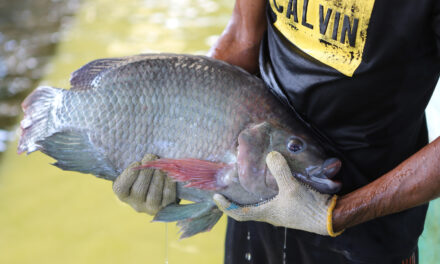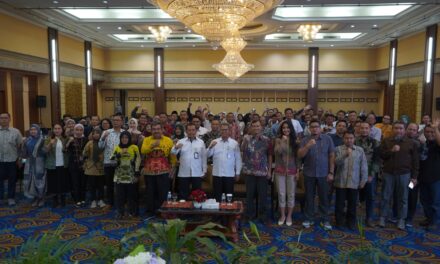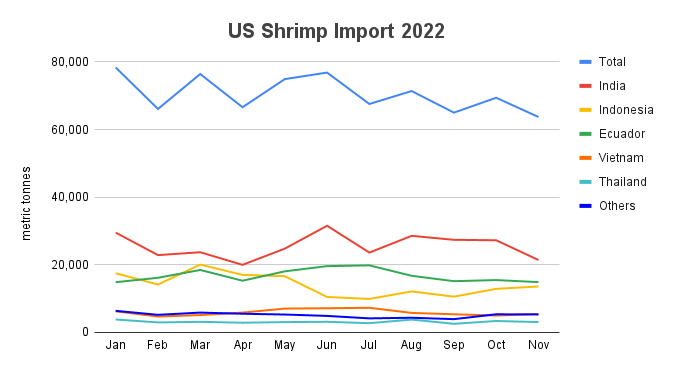The Ministry of Marine Affairs and Fisheries (MMAF/KKP) of Indonesia is pushing for the production of tilapia, one of the country’s main aquaculture species. Tilapia, which is likened as black gold, has many advantages such as high tolerance to environmental conditions, good growth rate, ability to be farmed in both fresh and brackish water, high protein content, and competitive pricing.
In 2015, the production of tilapia in Indonesia reached 1.08 million tons, with a value of Rp 21.2 trillion. In 2021, both the production and value of tilapia breeding increased, reaching 1.30 million tons with a production value of Rp 32.35 trillion. Due to the increasing demand for this fish, MMAF aims to continue improving its productivity and make it a prominent commodity in both local and global markets, where the main export market is the United States, especially in the filet form.
“Tilapia or black gold must continue to be one of Indonesia’s main commodities in the global market. Its productivity must be continually improved,” said the Minister of Marine Affairs and Fisheries, Sakti Wahyu Trenggono, during his visit to Center for Freshwater Aquaculture Development (BBPBAT) Sukabumi several days ago (14/3).
To achieve this goal, the Director General of Aquaculture, Tb Haeru Rahayu, announces that MMAF is ready to facilitate tilapia breeders by providing quality fish seeds and broodstock, self-made feed (pakan mandiri), technology and a set of certifications (CPIB, CBIB, CPPIB, CPOIB) support, as well as monitoring residue levels. His party will also continue to support the supply of quality seeds through the optimization of the logistics system in the breeding production center.
Read more: Researchers study how spirulina can improve shrimp performance

BBPBAT Sukabumi is currently breeding various strains of tilapia to meet the farmers need, such as the Sultana black tilapia, YY-Supermale tilapia, and red tilapia, as well as saltwater tilapia.
The use of technologies such as Recirculation Aquaculture System (RAS) and Backyard Hatchery (Hatchery Skala Rumah Tangga/HSRT) has been adopted by breeders in various regions in Indonesia and mastered by the Directory of Aquaculture. It has also introduced the biofloc system to improve tilapia production, which is accessible to more people in various regions and does not require large land area.
To increase national tilapia production the Directory of Aquaculture and BBPBAT Sukabumi have initiated a family selection program to improve broodstock, resulting in the production of tilapia that can tolerate environmental conditions, grow quickly, and adapt to higher salinity levels (<20 ppt) known as saltwater tilapia.
Additionally, MMAF’s strategy in achieving the national tilapia production target is through the development of a regional-based tilapia farming program, the saltwater tilapia farming program, and the freshwater tilapia farming program. Fernando J. Simanjuntak, the Head of BBPBAT Sukabumi, also states that BBPBAT Sukabumi is currently breeding various strains of tilapia, such as the Sultana black tilapia, YY-Supermale tilapia, and red tilapia.
“We are currently developing a type of tilapia that can adapt and withstand high salinity ranges, with good survival rates (SR), and economically feasible,” he says.









